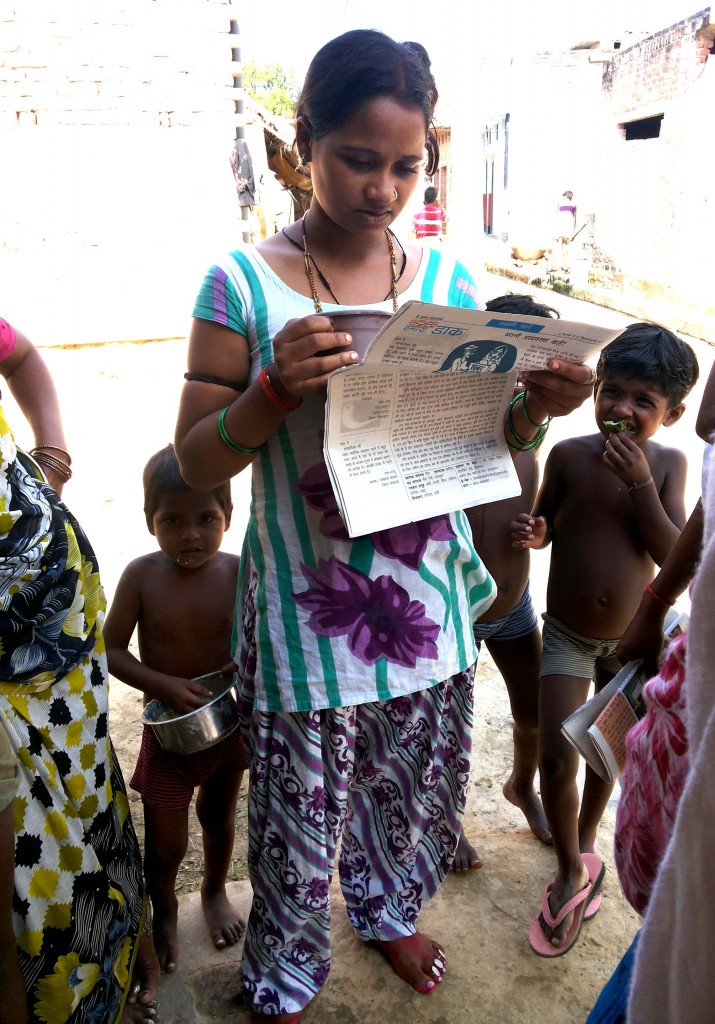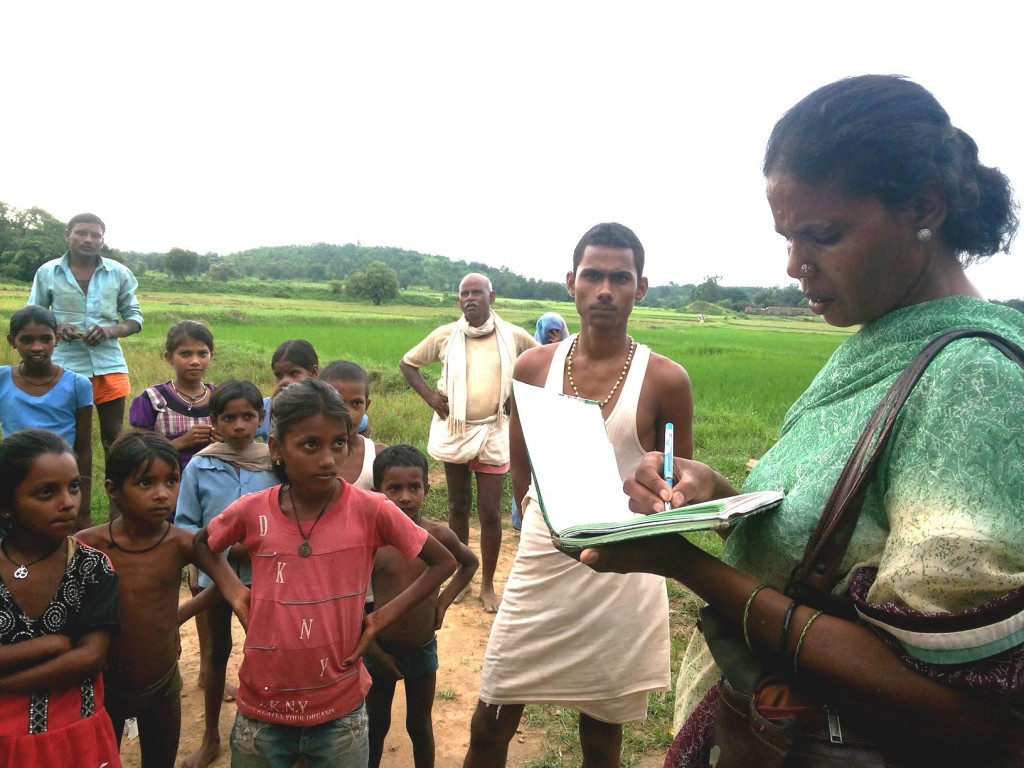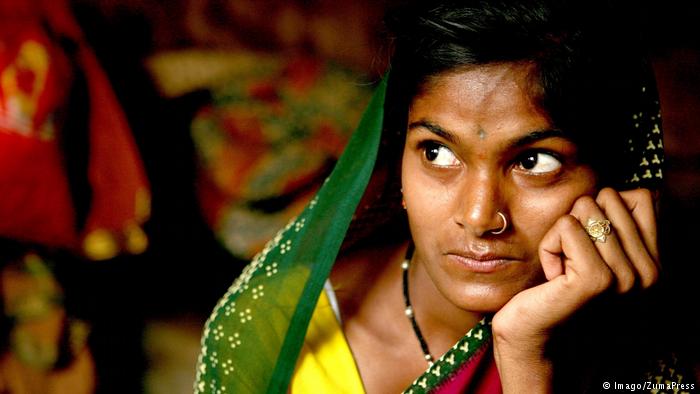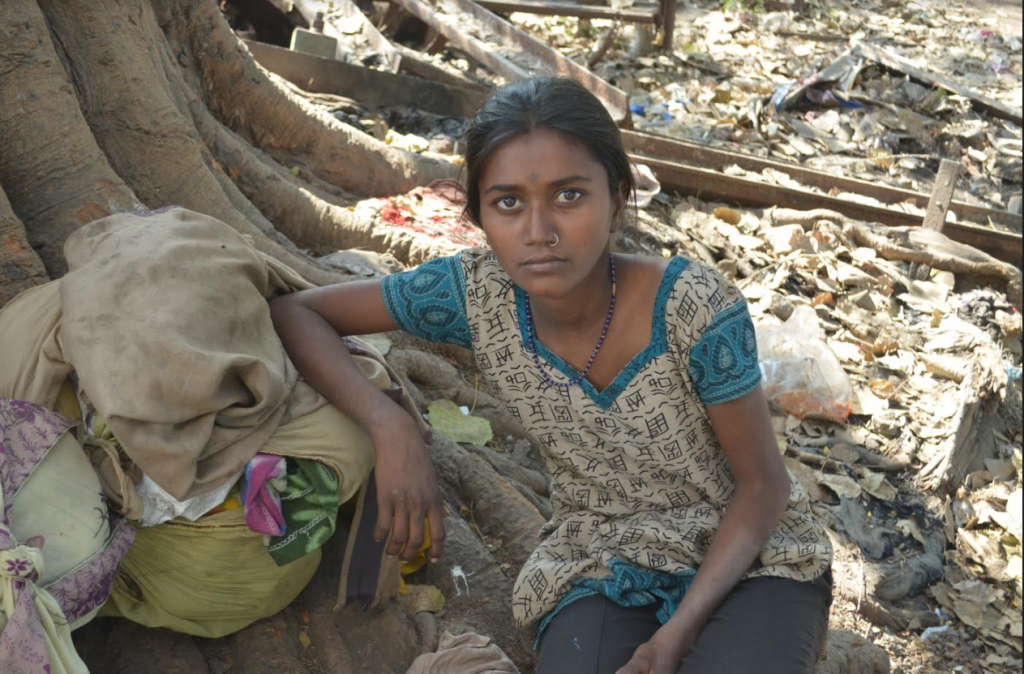A fresh wave of news
40 women, most of them from India’s most downtrodden regions, tell their stories every week through Khabar Lahariya, which literally means, “waves of news.” The news website has won the DW Best of blogs (The Bobs) Global Media Forum Award this year in Hindi. Khabar Lahariya’s editorial coordinator, Poorvi Bhargava, told us the story of the project.
Manasi Gopalakrishnan: What is Khabar Lahariya about?
Poorvi Bhargava: Khabar Lahariya is a weekly newspaper that is published in the states of Uttar Pradesh and Bihar in the local languages of these regions. It is published entirely by a group of rural women journalists who have varying levels of literacy. Most of them come from what are considered “backward” classes in Indian society.
 When did Khabar Lahariya begin?
When did Khabar Lahariya begin?
Khabar Lahariya was actually an idea born out of a literacy camp in 2001. An organization called Nirantar held a literacy camp for young women, who, for some reason, were unable to complete their formal education. Once the camp was over, they said they wanted to continue reading and writing.
As part of the camp, they started a small activity where they used to write stories about issues in the village- whatever they felt was close to their hearts. This became quite popular in their community. So they said, why can’t we do this as something more formal and more concrete and why can’t we have a two-page or a four-page newspper that just talks about the problems in the village?
What kind of problems do women working with Khabar Lahariya usually face?
Initially, when Khabar Lahariya started out, women faced a lot of resistance from their own families, especially those women who were married. Sometimes, when we were in production, they had to stay back late. The husbands would think, how is it that women from our house are spending the night elsewhere? Or, how is it that for a woman, there is some other work that is more important than tending to household chores? This has changed somewhat. We also went and spoke to the families and tried to convince them that they should let their women work.
Also, people in the administration are usually men and there is a certain way in which they talk to women, even if you’d introduce yourself as a journalist. They have a certain way of interacting with you or not taking you seriously. In some places, women can’t work until late because they can’t find transport to get back home. These issues are still there.
Could you give us one example of a woman who became a succesful Khabar Lahariya journalist?
Kavita has been working with Khabar Lahariya since the very beginning. Kavita was part of the literacy camp where the idea of Khabar Lahariya came up. She must have been around 16 or 17 years old at the time.
Kavita was married off when she was still in school. She had a lot of problems in her married life. Her husband’s family was not supportive and there was a lot of pressure on her to have children. And because she was so young, she was unable to see through her pregnancy, this happened more than once. She finally decided she wanted to get out of the marriage.
After this incident, she wanted to get back to her studies. She joined the literacy camp and became involved with Khabar Lahariya. She has really evolved in the past ten years. Today, she is a confident woman who is out there. Most people in her region know her because she has been working for so long.
Interview: Manasi Gopalakrishnan
Editor: Grahame Lucas
You can follow Manasi on Twitter @marsie59







